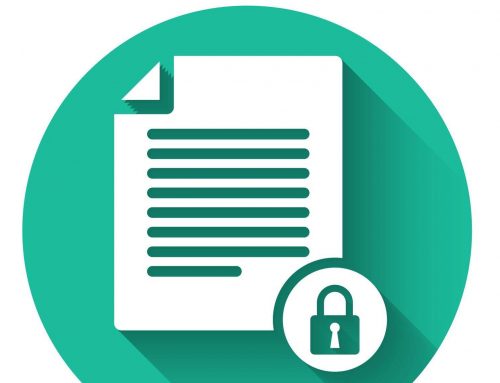Changing jobs can be a tumultuous experience. Even under the best of circumstances, making a career move requires a series of tough decisions, not the least of which is what to do with the funds in your old employer-sponsored retirement plan.
Some people choose to roll over these funds into an Individual Retirement Account, and for good reason. About 35% of all retirement assets in the U.S. are held in IRAs, and 57% of traditional IRA owners funded all or part of their IRAs with a rollover from an employer-sponsored retirement plan.1
Distributions from traditional IRAs and most other employer-sponsored retirement plans are taxed as ordinary income and, if taken before age 59½, may be subject to a 10% federal income tax penalty. Once you reach age 73, you must begin taking required minimum distributions from a Traditional Individual Retirement Account in most circumstances. Withdrawals from Traditional IRAs are taxed as ordinary income and, if taken before age 59½, may be subject to a 10% federal income tax penalty. Contributions to a Traditional IRA may be fully or partially deductible, depending on your adjusted gross income.
Generally, you have four choices when it comes to handling the money in a former employer’s retirement account.
First, you can cash out of the account. However, if you choose to cash out, you may be required to pay ordinary income tax on the balance plus a 10% early withdrawal penalty if you are under age 59½.
Second, you may be able to leave the funds in your old plan. However, some plans have rules and restrictions regarding the money in the account.
Third, you can roll over the assets to your new employer’s plan if one is available and rollovers are permitted.
Fourth, you can roll the money into an IRA. Rollovers may preserve the tax-favored status of your retirement money. As long as your money is moved through a direct “trustee-to-trustee” transfer, you can avoid a taxable event. In a traditional IRA, your retirement savings will have the opportunity to grow tax-deferred until you begin taking distributions in retirement.2
Rollovers can make it easier to stay organized and maintain control. Some people change jobs several times during the course of their careers, leaving a trail of employer-sponsored retirement plans in their wake. By rolling these various accounts into a single IRA, you might make the process of managing the funds, rebalancing your portfolio, and adjusting your asset allocation easier.
Keep in mind that the Internal Revenue Service has published guidelines on IRA rollovers. You generally cannot make more than one rollover from the same IRA within a one-year period. You also cannot make a rollover during this one-year period from the IRA to which the distribution was rolled over.3
Also, the Financial Industry Regulatory Authority (FINRA) has published some material that may help you better understand your rollover choices. FINRA reminds investors that before deciding whether to retain assets in a 401(k) or roll over to an IRA, an investor should consider various factors including, but not limited to, investment options, fees and expenses, services, withdrawal penalties, protection from creditors and legal judgments, required minimum distributions, and possession of employer stock.4
An IRA rollover may make sense whether you’re leaving one job for another or retiring altogether. But how your assets should be allocated within the IRA will depend on your time horizon, risk tolerance, and financial goals.







